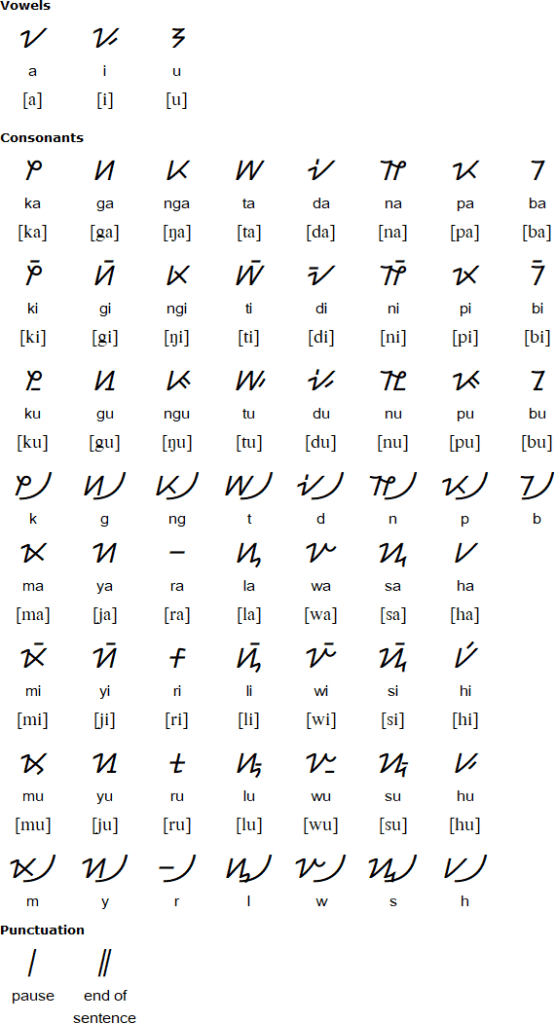In a previous post, we have introduced one of the writing systems that is written vertically, but read horizontally. But what if I told you that there are more writing systems that sort of use similar writing directions? That is right, because today, we will dive into yet another one of these writing systems, that somehow still takes us to the Philippines.
We find ourselves on the island of Mindoro, one of the largest and most populous islands in the Philippines. Located off the southwestern coast of Luzon and northeast of Palawan, Mindoro is home to eight indigenous groups today, falling under the umbrella term called “Mangyan”. Totaling around a quarter of a million people, this Mangyan group is further split into the Iraya, Alangan, Tadyawan, Tawbuid, Buhid, Hanunoo, Ratagnon, and Bangon people groups, although the Bangon is proposed to be a subgroup of the Tawbuid people.
However, our main focus takes us to the southern part of Mindoro, where the Hanunoo people live. This is where the Hanunoo language is primarily spoken. With an estimated 13 000 native speakers as of 2000, the exact number of native speakers of the language is difficulty to determine due to the rural nature of this part of Mindoro.
Hanunoo has a rather standard set of phonemic sounds, rather typical of many Austronesian languages. It has 15 consonants and three vowels, but the vowels could be realised as other sounds in certain syllables. For instance, /u/ can be realised as [o] in word-final syllables, and that is probably why it is pronounced Hanunoo instead of Hanunuu. /i/ can be realised as an open-mid vowel [ɛ] in some speakers for some certain words, while /a/ and /i/ can be realised as [ə] or [ɪ] in closed syllables, that is, syllables ending in a consonant.
Today, Hanunoo, also known as Mangyan Baybayin or Surat Mangyan, is usually written in the Latin alphabet. But there is a writing system in use since the 14th century, belonging to the Brahmic family of writing systems. It is thought to be closely related to Sulat Tagalog, and derived from the Kawi script of Java, Sumatra, and Bali. Thus, it should come as no surprise that the Hanunoo script is an abugida, that is, a writing system where each character carries an inherent vowel /a/, and diacritics can change the vowel value of the character syllable. Interestingly, syllable-final consonants are not really written, requiring the reader to derive the intended final consonant from context.

Hanunoo is written from bottom to top, then left to right, in stark contrast to many other writing systems, which follow a left to right then top to bottom direction. A more interesting thing is that characters may be written in any orientation, as long as the orientation of all the characters are consistent in the text. Left-handed people also tend to write in mirror image, reversing the direction of the characters, and also the direction of writing. This way, left-handed people would write from bottom to top, then right to left.
Like Tagbanwa, Hanunoo is traditionally written on bamboo, requiring knives to carve characters into the bamboo body. This is why the Hanunoo script is conventionally written away from the body, hence the bottom to top direction. And like Tagbanwa, Hanunoo is read horizontally from left to right. Due to how poorly bamboo lasts under such climates, more ancient or historical texts written on bamboo in Hanunoo are extremely hard to come by.
Despite the extensive use of the Latin alphabet to write Hanunoo, the use of the indigenous Hanunoo script is still pretty much alive today. It is used to write love songs known as ʼambāhan, and correspondence as well. Most speakers of Hanunoo are capable of reading and writing their language, with at least one person in each and every family who is literate.